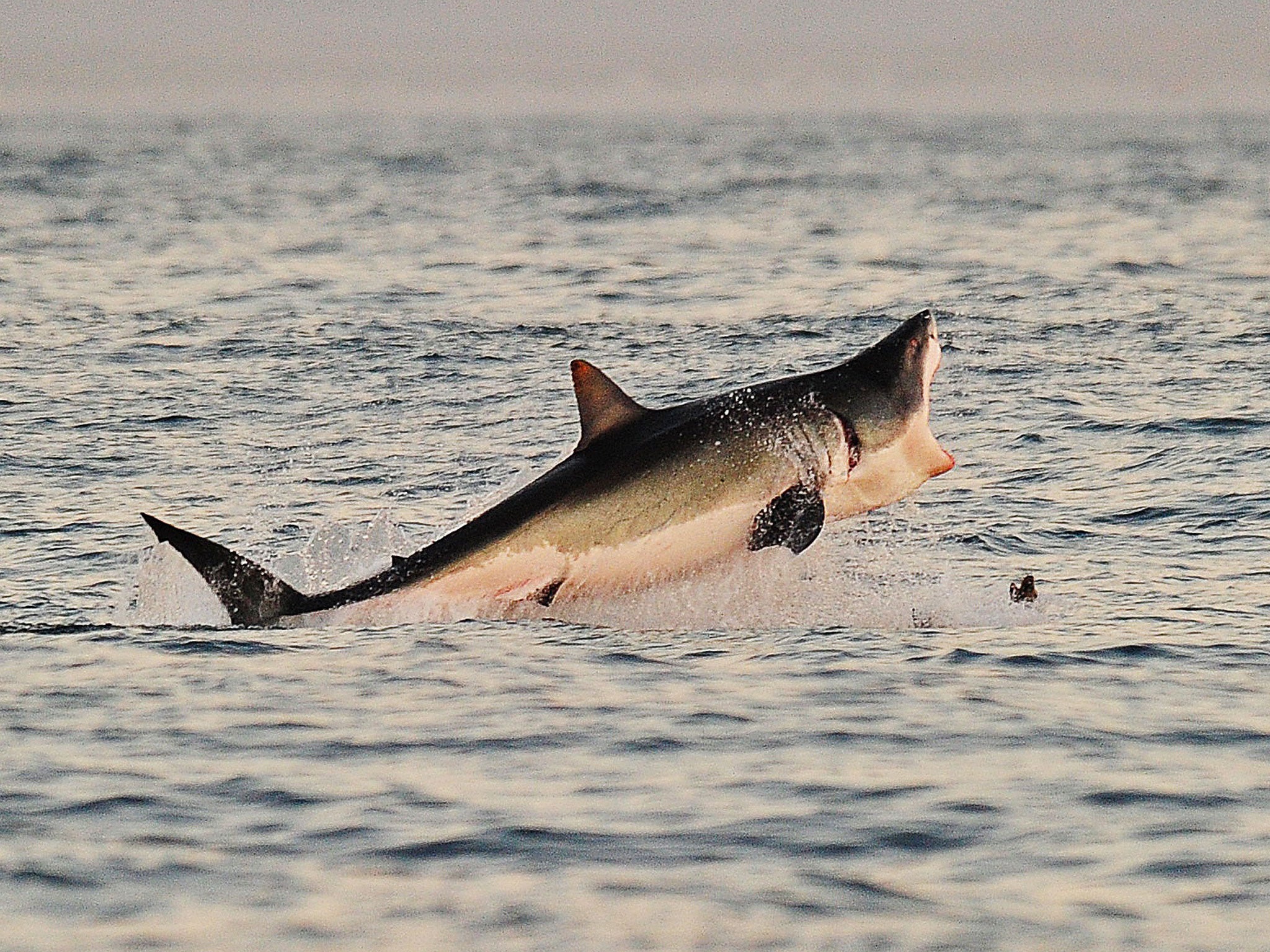Lydia the great white shark on course for Britain
Scientists are tracking Lydia's movements as she swims above the mid-Atlantic ridge, the ocean's halfway point

Your support helps us to tell the story
From reproductive rights to climate change to Big Tech, The Independent is on the ground when the story is developing. Whether it's investigating the financials of Elon Musk's pro-Trump PAC or producing our latest documentary, 'The A Word', which shines a light on the American women fighting for reproductive rights, we know how important it is to parse out the facts from the messaging.
At such a critical moment in US history, we need reporters on the ground. Your donation allows us to keep sending journalists to speak to both sides of the story.
The Independent is trusted by Americans across the entire political spectrum. And unlike many other quality news outlets, we choose not to lock Americans out of our reporting and analysis with paywalls. We believe quality journalism should be available to everyone, paid for by those who can afford it.
Your support makes all the difference.Lydia the great white shark is set to become the first of her species to be seen crossing from one side of the Atlantic Ocean to the other – heading in the direction of the UK.
The 4.4m-long female, which has been fitted with a satellite tag, is now swimming above the mid-Atlantic ridge, a rough boundary line between east and west, and is around 1, 600km (1, 000 miles) from the coast of Cornwall.
Lydia was first tagged off the coast of Jacksonville, Florida, in March 2013 as part of the Ocearch project. She has since travelled 30, 500km (19, 000 miles) and is currently around 4, 800km (3, 000 miles) from her starting point.
Dr Gregory Skomal, senior fisheries biologist with Massachusetts Marine Fisheries, told BBC News: "No white sharks have crossed from west to east or east to west.
"Although Lydia is closer to Europe than North America, she technically does not cross the Atlantic until she crosses the mid-Atlantic ridge, which she has yet to do."
Dr Skomal added: "She would be the first documented white shark to cross into the eastern Atlantic."
The Ocearch project aims to "generate previously unattainable data on the movement, biology and health of sharks to protect their future while enhancing public safety and education".
The scientists use a custom-built 34,000kg (75,000lb) capacity hydraulic platform to tag sharks. Operated from their research vessel the M/V Ocearch, it allows them to safely lift mature sharks from the water.
Ocearch is currently tracking around 70 sharks.
Join our commenting forum
Join thought-provoking conversations, follow other Independent readers and see their replies
Comments